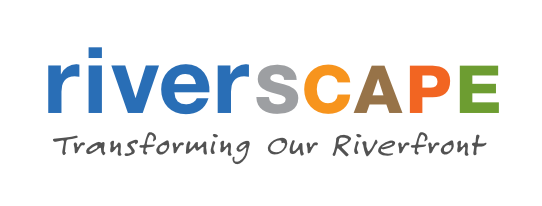An Indiana State University student has recently made the Wabash River the center of her undergraduate research. Katelyn Rusiniak, a senior and lab assistant in the Earth and Environmental Systems Department at Indiana State, decided to focus her undergraduate research on pollution and water quality in the Wabash River.
Collecting Data
Working with a Ph.D. student, Katelyn has made numerous trips down the Wabash River collecting data. Stopping every five to 10 miles, the pair collects water, sediment, and floodplain samples. Along with these samples, they also search for places to collect “macros,” also known as macroinvertebrates, that help assess the biotic index of the water. They record the coordinates and location of each stop along with measurable data they obtain through the tools in their craft that include a pH, dissolved oxygen, and temperature meter. From this data and what they can observe once they bring the samples back to the lab, the Indiana State students can learn more about the organic pollution and water quality of the Wabash River.
Personal Experience and Perceptions
Although the research is for scholarly purposes, that has not stopped Rusiniak from gaining personal experiences and knowledge on the Wabash. Katelyn was accustomed to white water rafting in Montana, where her family is from. Still, upon arrival at Indiana State, Katelyn was informed that the Wabash River was not “one of those rivers.” As it certainly does not provide the rapids needed for white water rafting, the Wabash does offer plenty of activities to take part in. This is something that became quickly evident to Rusiniak while doing her research. With the time accumulated on the Wabash during her study, Rusiniak has become comfortable navigating the water and even being in the waters.
Changing Perceptions
As her research is planned to finish by the spring of 2022, Rusiniak hopes to change the stigma associated with the Wabash River and Terre Haute. Although it may not be overly publicized, Katelyn pointed out the many things available not only on the river but in its accompanying parks that range from kayaking to simply “watching nature happen.” Katelyn pointed out that the primary issue is people not willing to look for these activities or go out to find them. Through her project, Rusiniak was able to experience these activities firsthand and hopes to lead others too.
